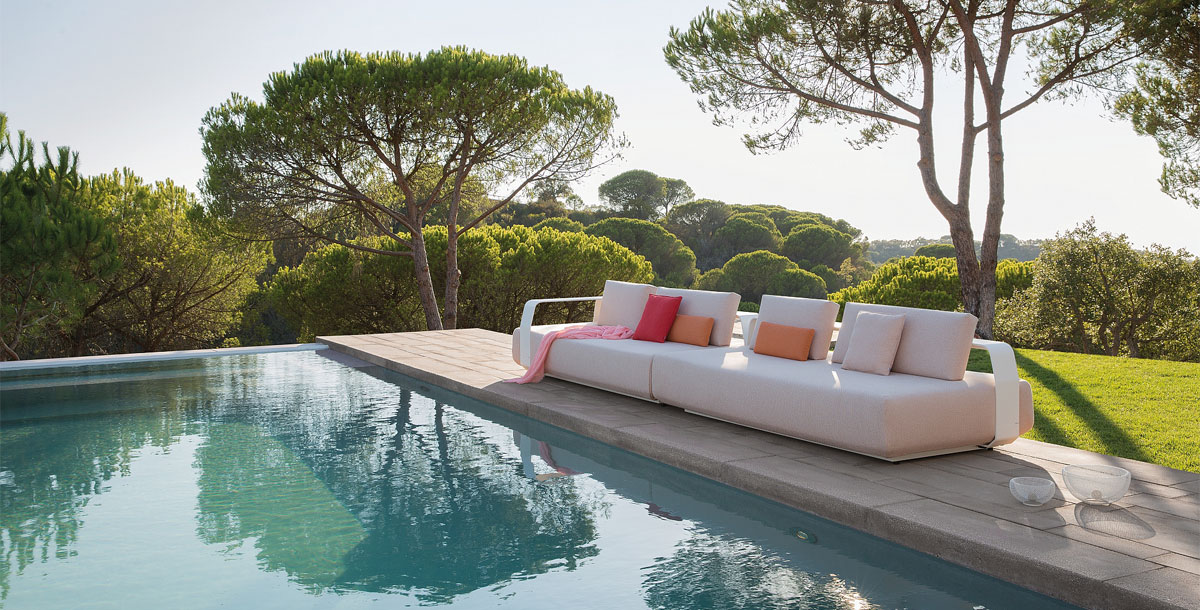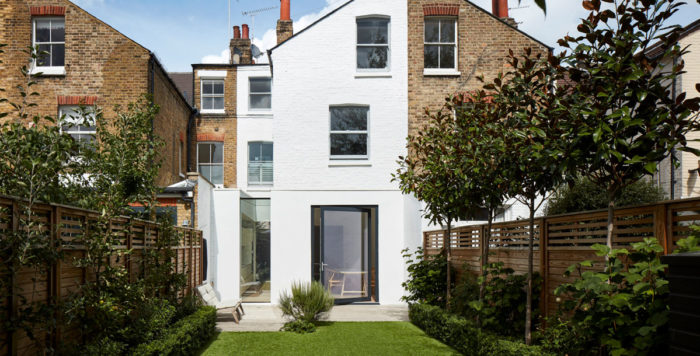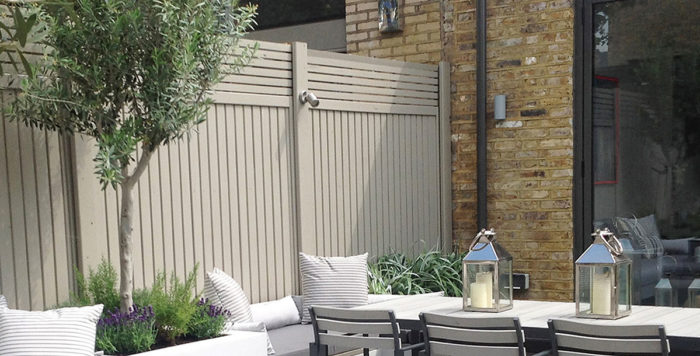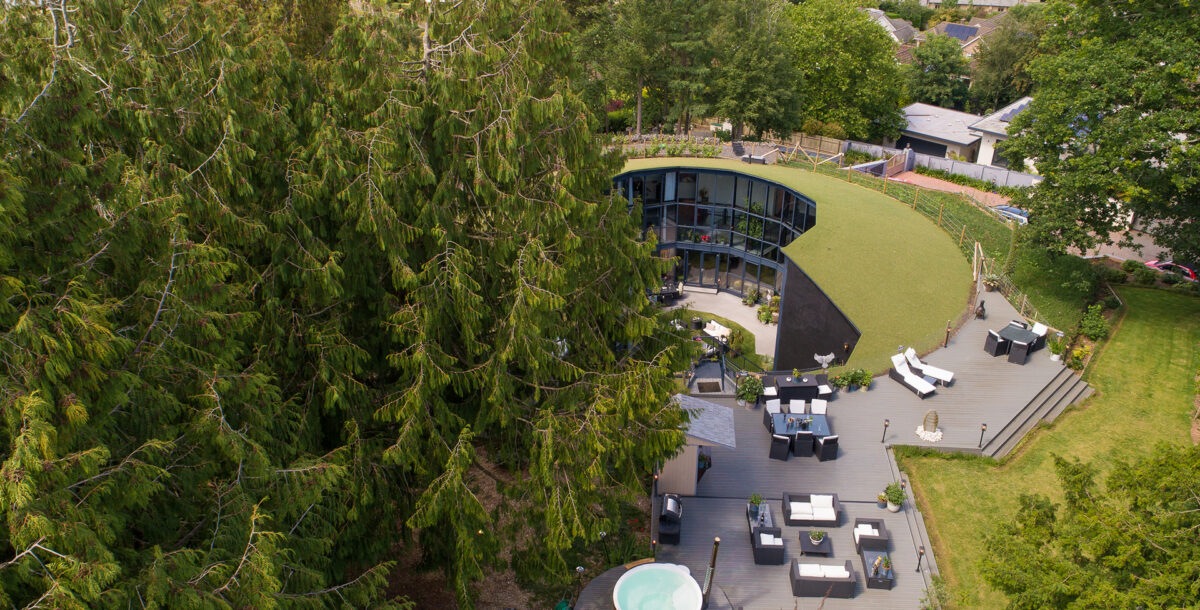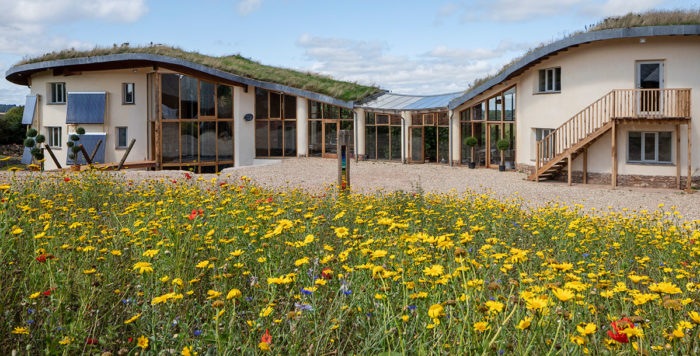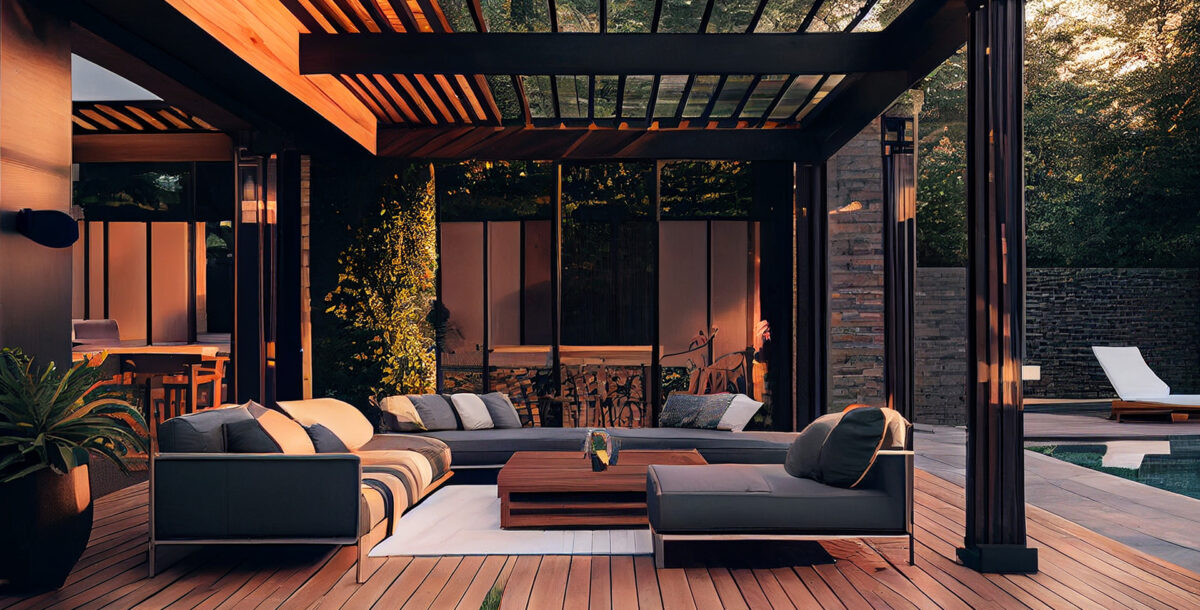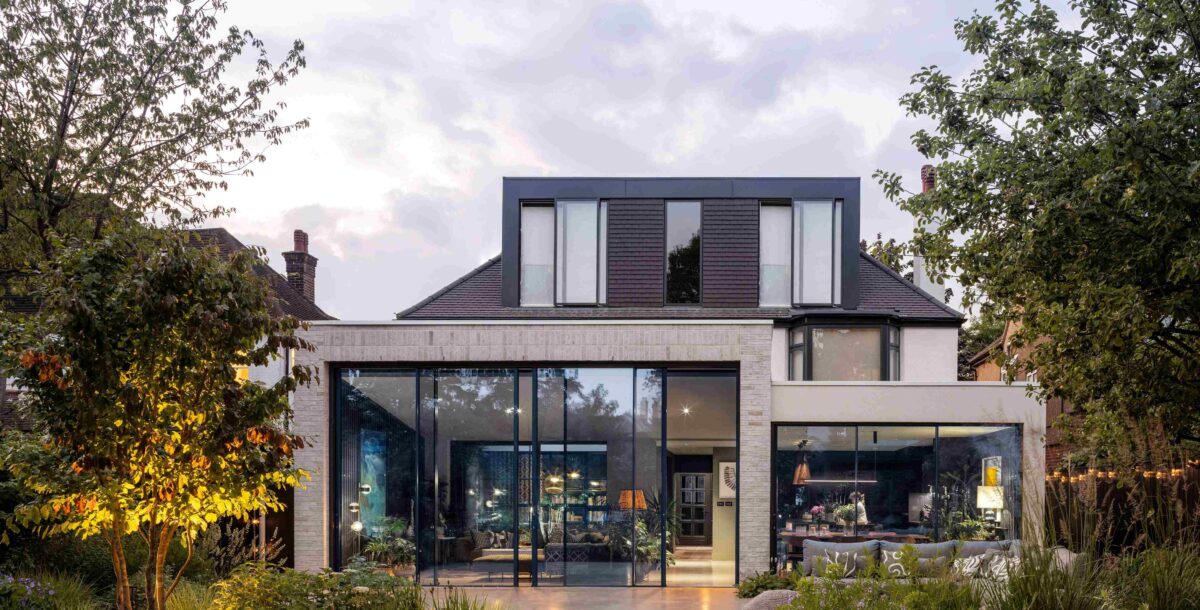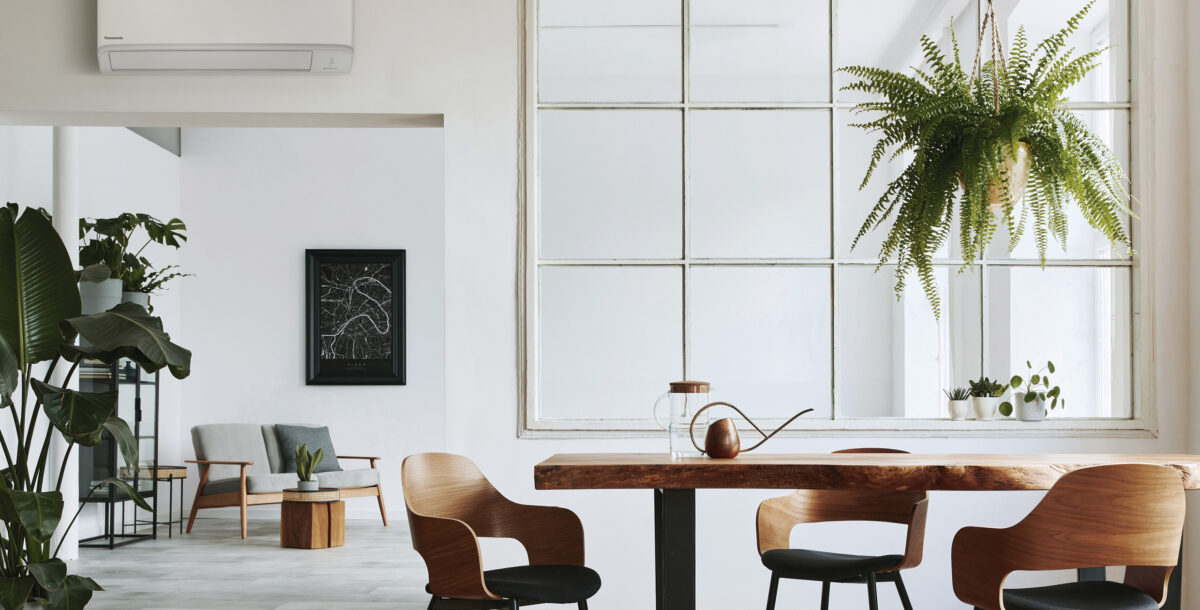Outdoor furniture: a buyer’s guide
Advice on navigating the proliferation of garden sofas, loungers, tables and chairs
Your choice of outdoor garden furniture will be influenced by whether you want a durable all-year-round set or something that must be stored in winter.
There’s been a proliferation of garden sofa, lounger, table and chair designs, all aiming to tempt you with a promise of comfortable outdoor living. Timber, metal and rattan are common material options, and now there’s also fibrestone, a lightweight concrete-effect material to consider.
This article contains affiliate links, from which we
earn a small commission if you make a purchase
Rattan garden furniture
A lot of rattan furniture is made from synthetic materials, such as high-density polyethylene or PVC. HDPE rattan replicates the real thing effectively without looking plasticky and has a more natural look than the PVC or polyurethane versions. Synthetics such as these have the benefit of being both waterproof and UV-resistant.
Look for designs where the rattan has been wrapped around a strong aluminium frame rather than being secured with nails that are liable to rust. Lightweight and easy to rearrange or store away, this furniture is low maintenance and can be left outside all winter if covered to protect the surface from dirt and moss.
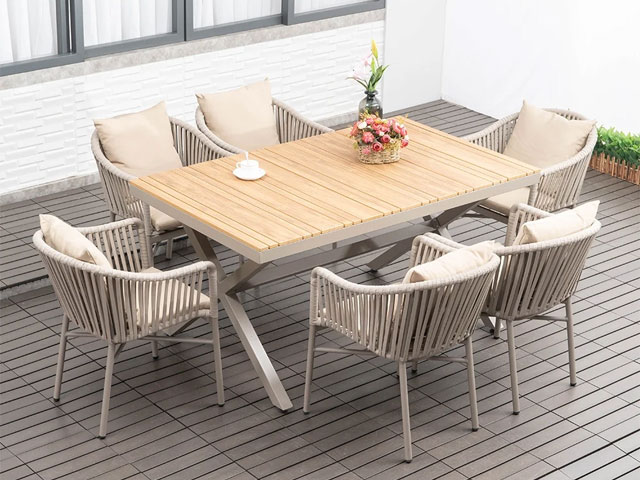
Homary outdoor dining set with woven Rattan armchairs, £1,269 from ufurnish.com
Modern composite
Planters made with fibrestone are commonplace, but this concrete-effect, lightweight material is also being used for garden furniture. It’s a durable composite made from polyester resin, ground stone and fibreglass. The surface can be textured or smooth and looks heavy, like concrete, but it’s relatively lightweight.
Suitable for outdoor use in good weather, fibrestone furniture needs to be stored under cover during heavy downpours and throughout the winter.
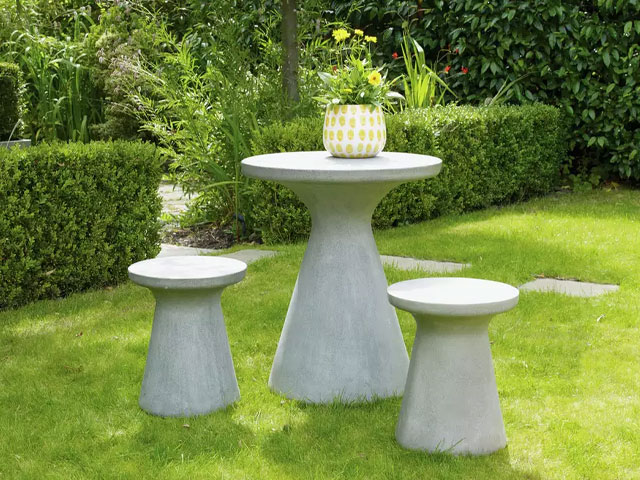
The Milton two seater fibrestone garden bistro set, £199 from Habitat
Upholstered furniture
High-performance outdoor fabrics made from tough and long-lasting acrylic are completely waterproof so cushions can be left outside all season. Weatherproof cushions aren’t waterproof but can shrug off a light summer shower and then dry out in the sunshine.
Do bring them inside during heavy rain to prevent the inner becoming saturated and mouldy. Check fabrics are stain and fade-resistant and also consider sofas and chairs that have removable washable covers.
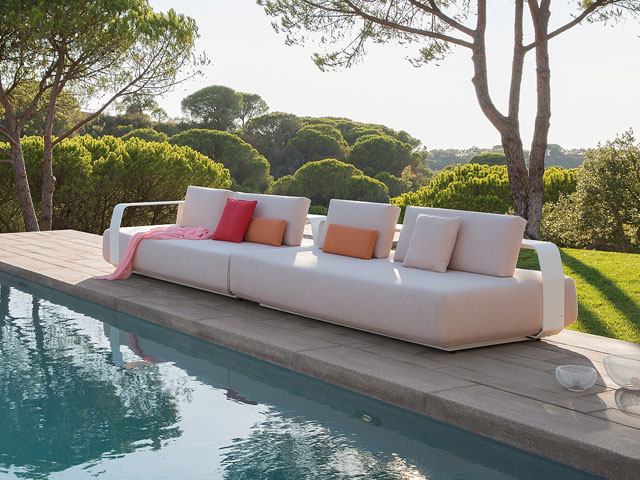
The Manutti Kumo outdoor sofa, £17,280 from Go Modern
Timber garden furniture
Timber’s natural good looks makes it the material of choice for many when it comes to garden furniture, whether as traditional park-style benches and steamer chairs or contemporary, sleek dining tables. Selecting FSC-certified wood from responsibly managed sources or genuine reclaimed timber will ensure peace of mind when it comes to sustainability. Teak, cedar, oak, eucalyptus and the less expensive acacia wood are varieties most often used for outdoor designs.
Louise Golden, gardening expert at Dobbies Garden Centres gives her top tips on extending the life of outdoor timber furniture.
- Avoid oiling or sealing new oak as oils tend to make the wood go black and pick up dirt, and sealants sit on the surface, changing the texture of the wood so that it will need frequent maintenance.
- After hardwood furniture has been left outside for a number of years, the surface grain will have opened up and it will have lost its surface tannins. Replenishing with a suitable furniture oil will help to regain lustre.
- If the furniture has been neglected and acquired a covering of moss, lichen or algae, scrape it off or use a stiff brush along the grain of the wood and sand down to reveal new timber. Don’t clean with a pressure washer as it’ll strip away some of the wood along with the dirt.
- When storing over the winter or during bad weather, use good-quality, breathable covers and leave a gap at the bottom so air can circulate. This lessens the chances of mildew and fungi growing.
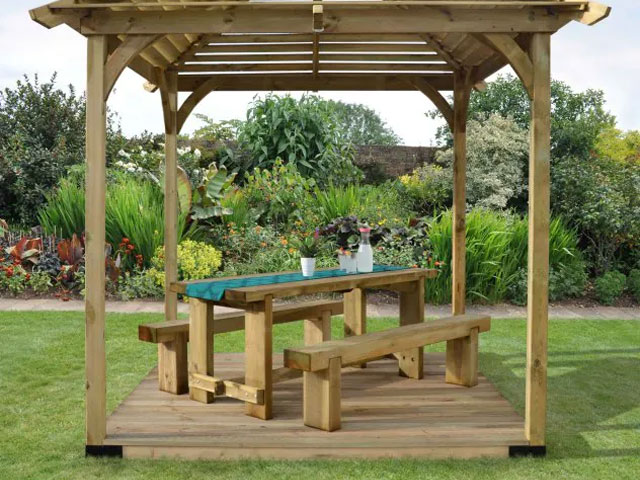
Forest Refectory pressure treated timber garden table and benches, £599 from ufurnish.com

